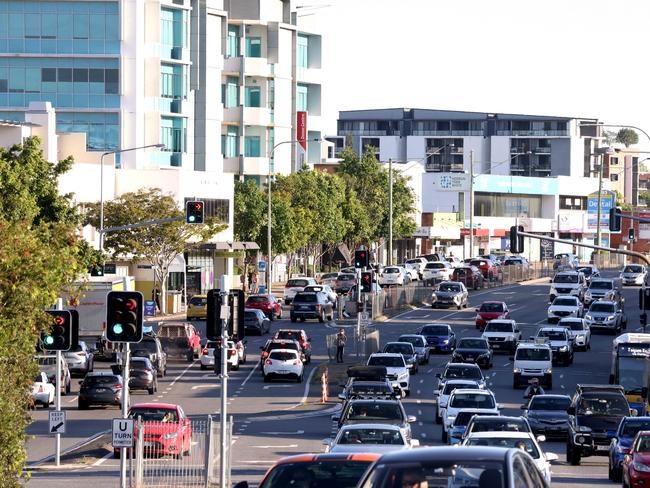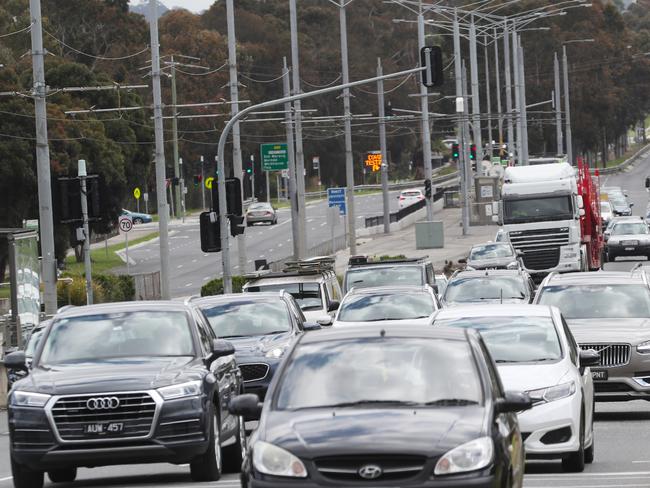Worst crash hotspots revealed
These are the top spots in the country for car crashes. See if they are in your local area.
National
Don't miss out on the headlines from National. Followed categories will be added to My News.
Exclusive: It finally puts to rest the ultimate battle of the sexes – just which of the sexes and age groups are the worst drivers.
And the stats are in – males and motorists aged 35-49 years old are most likely to be involved in a crash, according to an analysis of 350,000 claims by insurance giant AAMI.
“We know that nose to tail collisions are the most common type of crash on Aussie roads,” AAMI Head of Motor Claims Anna Cartwright said.

“So male drivers should avoid driving distracted and tailgating other drivers, particularly during peak hour traffic, as these dangerous behaviours can lead to crashing into the car in front.
“Our data also found drivers aged between 35-49 years were most likely to be involved in an accident, which is surprising given they are older and have a lot more experience on the road, and driving in different conditions.”

As for where accidents were most likely to occur, AAMI found not all hot spots were given across the country, with many newcomers to the list.
Adelaide’s Prospect Road in Prospect and Darwin’s Stuart Highway in Adelaide River earned the unceremonious title of worst crash location in their respective states.
Hobart’s Davey Street climbed seven spots to be declared the worst location for a crash in Tasmania.
Sydney’s notorious Hume Highway at Liverpool and Melbourne’s Plenty Road in Bundoora were ranked their state’s worst accident spots – a title both streets have dubiously owned for five consecutive years.
The Gympie Road in Brisbane’s Chermside was Queensland’s worst crash location.
Ms Cartwright said all of the top offending streets had “one common thread” between them.
“We see that a majority of the top hot spots identified are highways or busy major arterial roads, that intersect with local streets through high traffic industrial, educational and shopping precincts, meaning they are consistently busy throughout the day,” she said.
“Our data also played a key role in identifying the need for action to reduce the risk of collisions at Melbourne’s top crash hot spot, leading to the speed reduction trial and now permanent change.”

Nose-to-tail crashes remain the most common cause of prangs for motorists across the country, with Friday afternoons between 1pm and 4.30pm was when crashes occurred most.
“Driver distraction is a leading cause of nose to tail collisions, and to avoid them, drivers need to concentrate more on what’s happening in front of them and less on multi-tasking,” Ms Cartwright said.
“Tailgating is another behaviour that can lead to nose to tail collisions – especially during peak hour traffic.
“Maintaining a good distance between you and the car in front is one of the most effective ways of keeping yourself and others safe. It also allows additional time to stop if the car in front suddenly brakes.”
More Coverage
Originally published as Worst crash hotspots revealed





